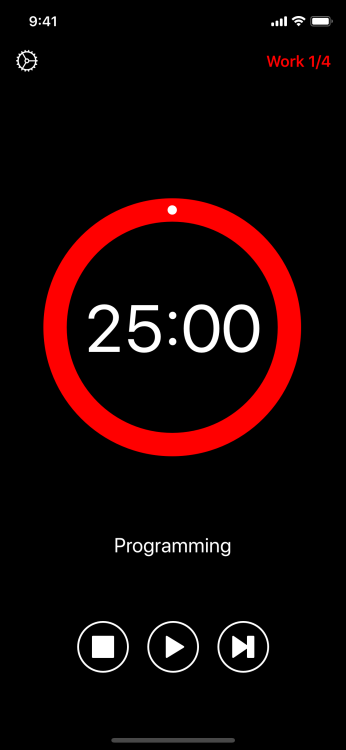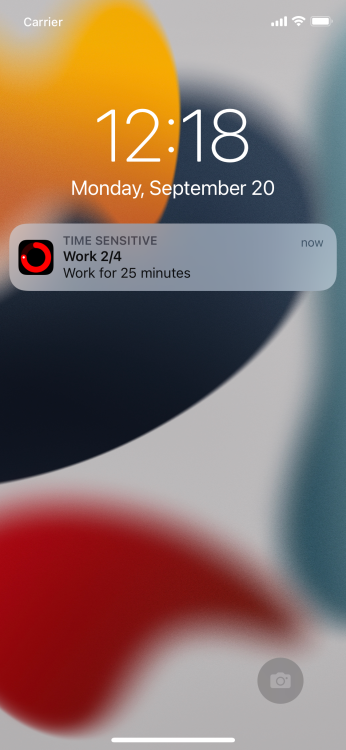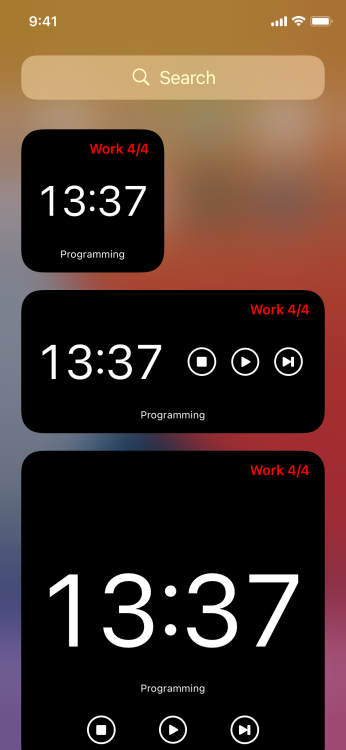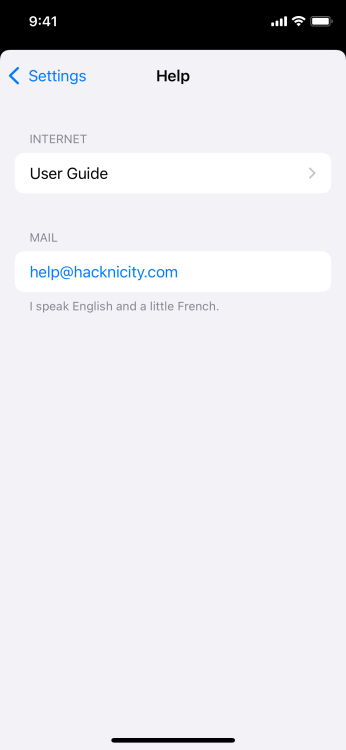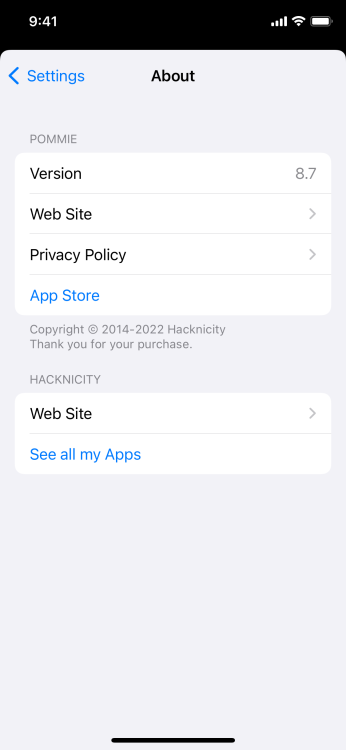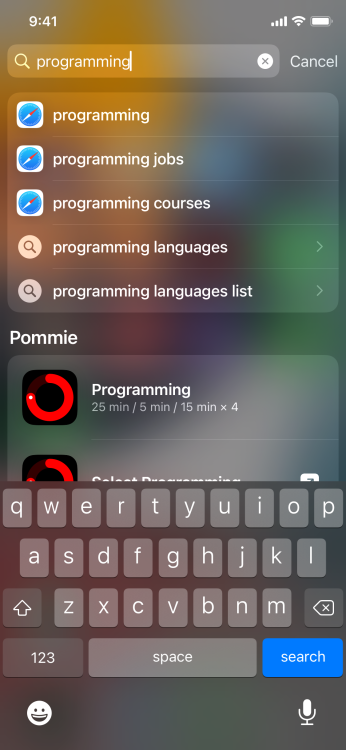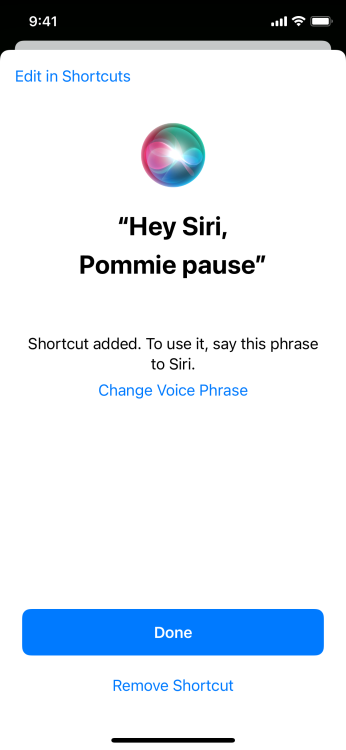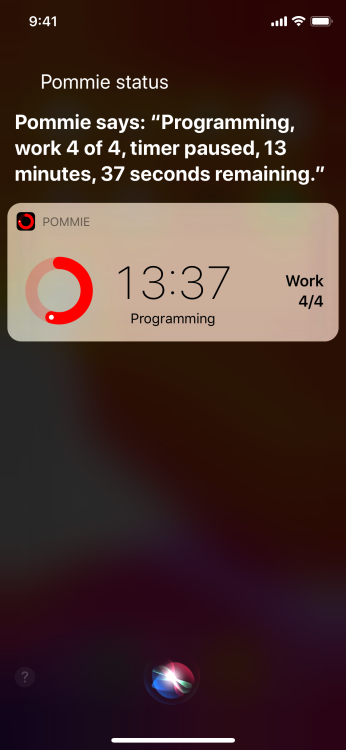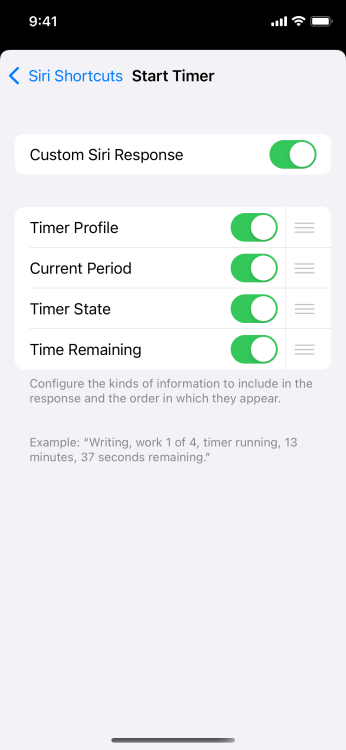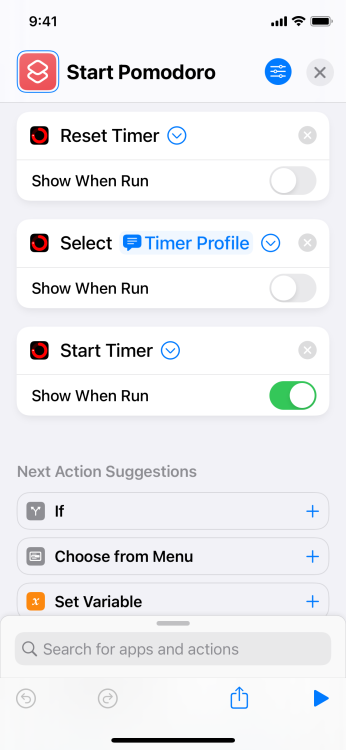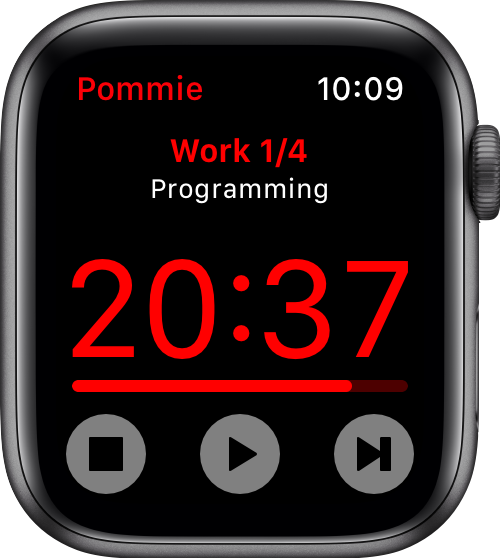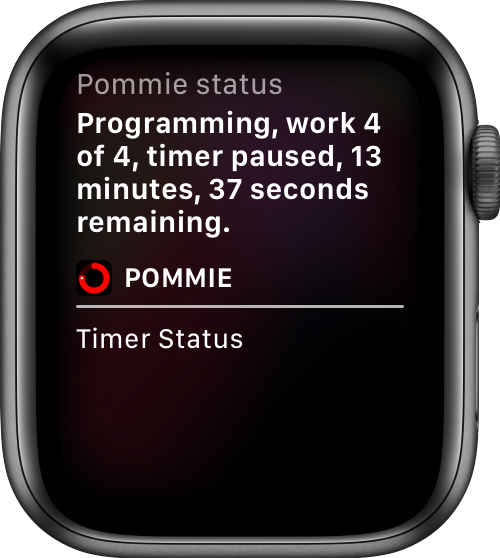User Guide
Introduction
Pommie improves your productivity by managing your time into strict work and break periods (the Pomodoro Technique®). Focus on a task for 25 minutes then take a 5 minute break. Repeat this three more times, taking a longer 15 minute break before starting the cycle again.
The lengths for each type of period and how many work periods occur before a long break can be configured in the Settings screen. A Timer Profile groups together these settings. You can create profiles for different kinds of tasks and quickly switch between them.
The screenshots in this user guide are for iPhone and iPod touch. Pommie also supports iPad and behaves very similarly. The iPhone version also includes support for Apple Watch with its own independent timer.
I hope you enjoy using Pommie. If you have any questions or comments please use the support mail address in the Contact section of this web page, or send me mail directly from the Settings->Send me Feedback section in the app.
Main Screen
Planner View
Notifications
Widgets
Settings
Timer Profiles
Siri Shortcuts
iOS Permissions
External Display

You can connect an external display or projector to your device using a Lightning or USB-C Digital AV Adapter. Alternatively, the Screen Mirroring feature in Control Centre can be used to AirPlay to an Apple TV.
On a device that does not support Stage Manager, the external display mirrors the contents of the device screen unless an app has custom external display support. The contents are scaled to fit the external display whilst maintaining the correct aspect ratio. This often results in scaling artefacts and black bars arond the content, especially when the device is in portrait and the external display is in landscape.
Apps that explicitly support external displays can show custom information. When the External Display setting is enabled, Pommie shows just the timer at full size to fill the external display. If you hide the countdown timer digits in the app they will also be hidden on the external display.
The external display keeps showing the timer even when you open other screens in the app. You must keep the app open in the foreground, otherwise the external display will revert back to mirroring your device or turn completely black (if you turn off your device or iOS locks it). The Disable Auto-Lock setting can be used to prevent your device from locking when the app is in the foreground.
When using Stage Manager on iPadOS 16 or later, this full screen timer will be shown instead of Stage Manager on an external display. To use Pommie on the iPad display and other apps with Stage Manager on an external display, turn the External Display setting off.
Handoff
Apple Watch
Thank you for choosing Pommie and please contact me if you have any questions or comments.
The Pomodoro Technique® is a registered trademark by Francesco Cirillo. Pommie is not affiliated with, associated with, or endorsed by the Pomodoro Technique® or Francesco Cirillo.


